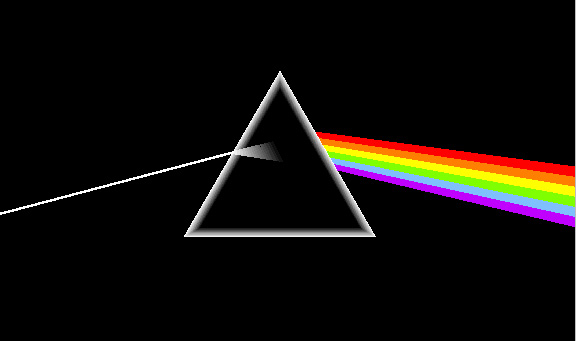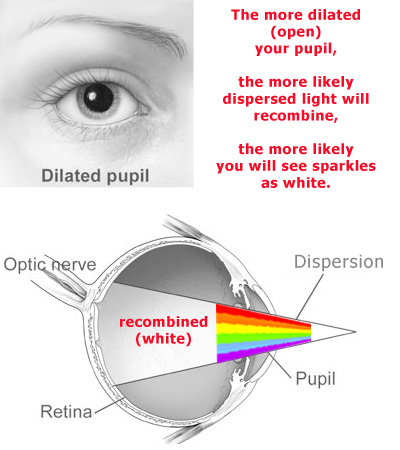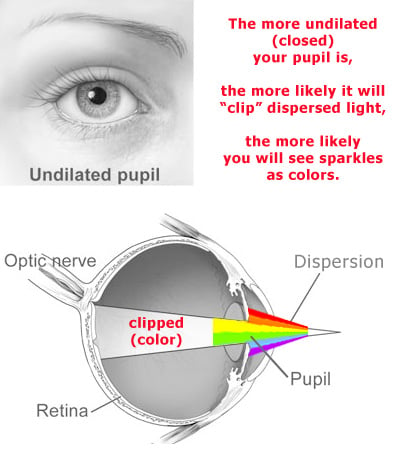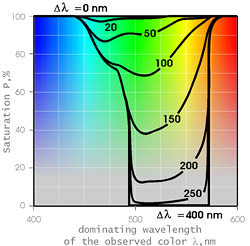iloveny
Shiny_Rock
- Joined
- Aug 4, 2009
- Messages
- 164
why is that? It''s and emerald cut, and I thought that emeralds weren''t supposed to be very sparkly. I''ve never worn a round brilliant center stone, but there are some in my setting. My center stone seems to sparkle just as much as the rounds, and I see more rainbow sparkles in dim lighting. It really sparkles well in bright lighting as well, but why does it look even better in dim lighting?












300x240.png)